Scientific name Piper auritum Rank Species | Genus Piper Higher classification Pepper | |
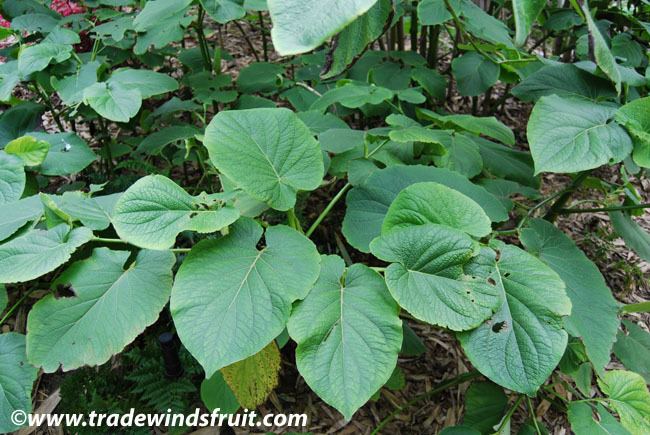 | ||
Similar Mexican tea, Pepper, Yerba Porosa, Chipilín, Chenopodium nuttalliae | ||
Piper auritum rootbeer plant with flowers
Piper auritum (Hoja santa) is an aromatic herb with a heart-shaped, velvety leaf which grows in tropic Mesoamerica. The name hoja santa means "sacred leaf" in Spanish. It is also known as yerba santa, hierba santa, Mexican pepperleaf, acuyo, tlanepa, anisillo, root beer plant, Vera Cruz pepper and sacred pepper.
Contents
- Piper auritum rootbeer plant with flowers
- Piper auritum the mexican pepper leaf rootbeer plant
- Description
- Usage
- References
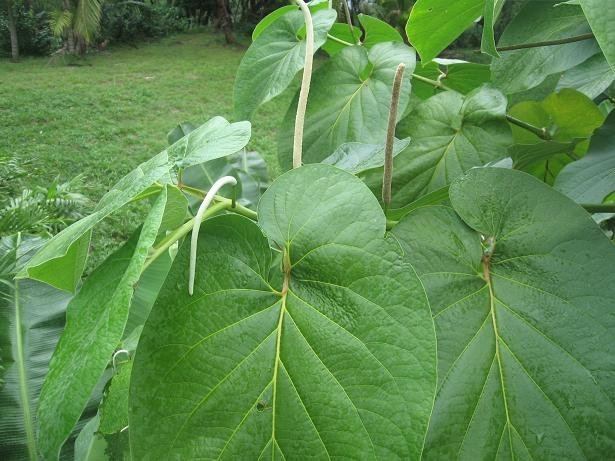
Piper auritum the mexican pepper leaf rootbeer plant
Description
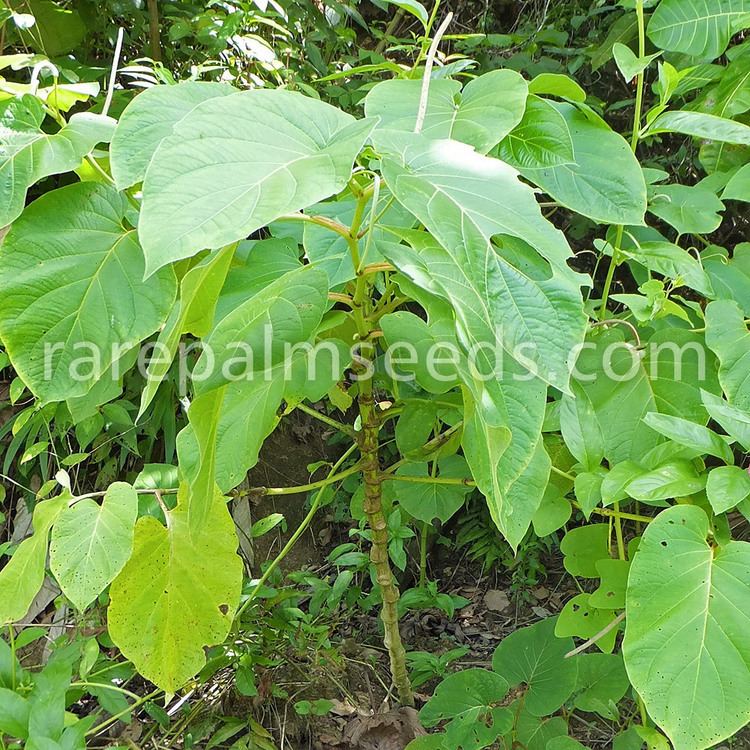
The leaves can reach up to 30 centimeters (12 in) or more in size. The complex flavor of hoja santa is not so easily described; it has been compared to eucalyptus, licorice, sassafras, anise, nutmeg, mint, tarragon, and black pepper. The flavor is stronger in the young stems and veins.

It is native to the Americas, from northern South America to Mexico, and is also cultivated in southeast Florida.
Usage
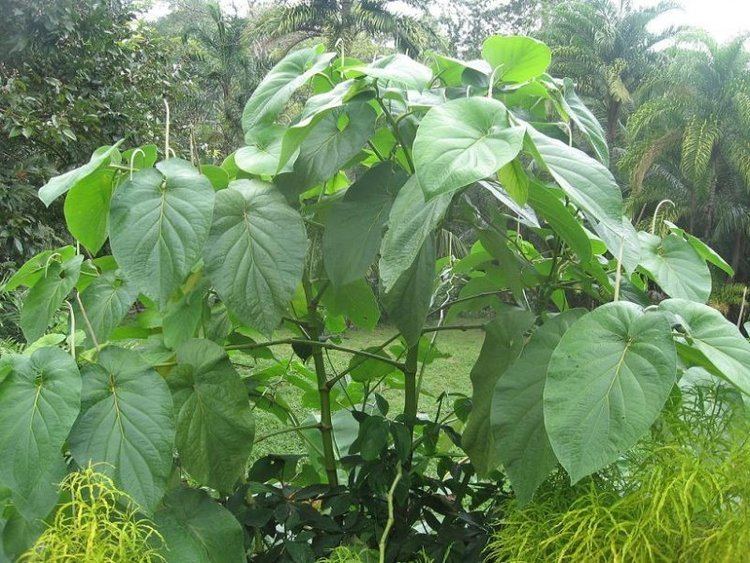
It is often used in Mexican cuisine for tamales, the fish or meat wrapped in fragrant leaves for cooking, and as an essential ingredient in mole verde, the green sauce originated in the Oaxaca region of Mexico. It is also chopped to flavor soups, such as pozole, and eggs. In Central Mexico, it is used to flavor chocolate drinks. In southeastern Mexico, a green liquor called Verdín is made from hoja santa. It is also used for tea. In some regions of Mexico, goat cheese is wrapped with the hoja santa leaves and imbued with its flavor.

While typically used fresh, it is also used in dried form, although drying removes much of the flavor and makes the leaf too brittle to be used as a wrapper.
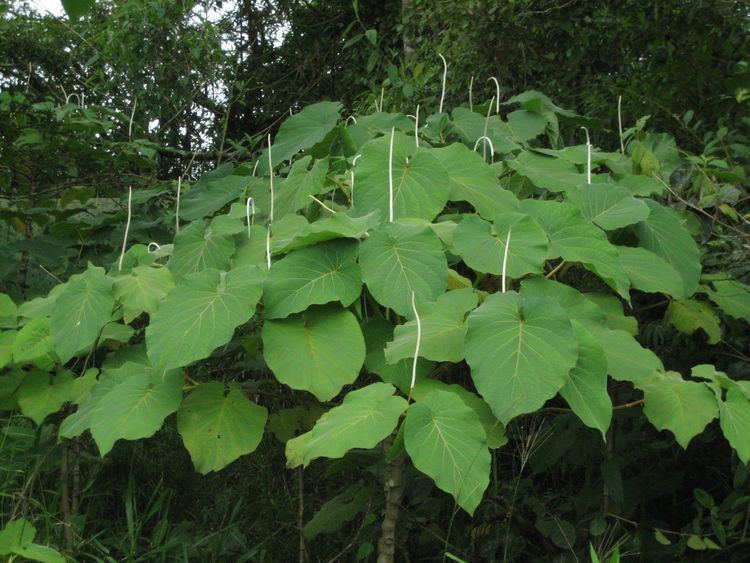
The essential oils within the leaf are rich in safrole, a substance also found in sassafras, which has been shown to be carcinogenic in animals. In 1960, the U.S. Food and Drug Administration banned sassafras bark along with sassafras oil and safrole as flavoring agents because of their carcinogenic properties and the Council of Europe imposed the same ban in 1974, although toxicological studies show that humans do not process safrole into its carcinogenic metabolite.
